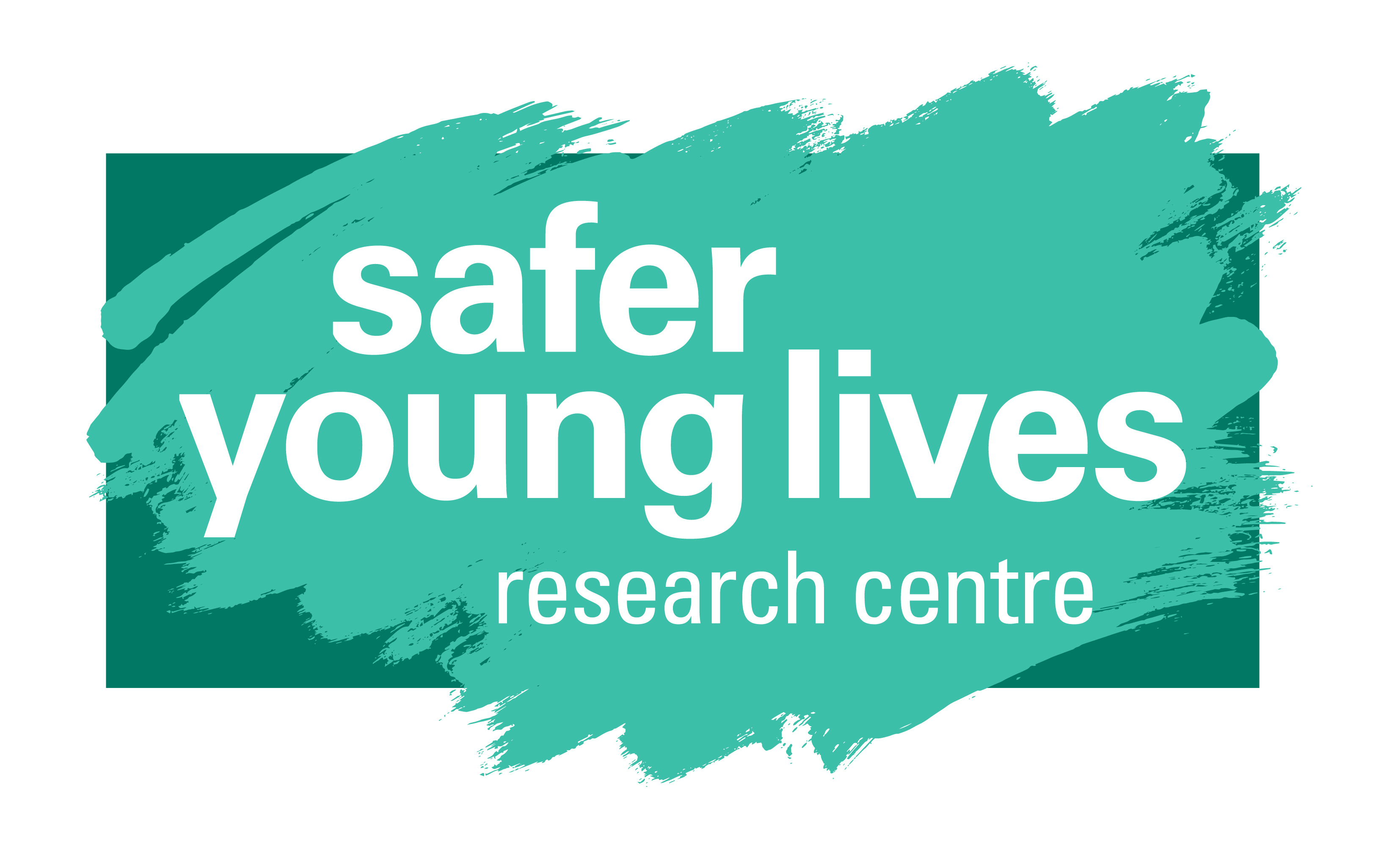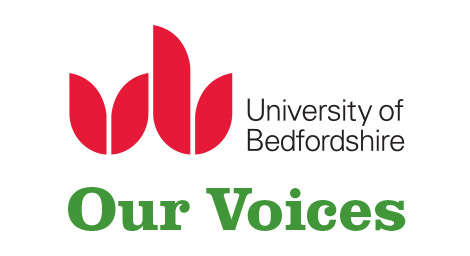Blog - What is a Delphi study and why are we doing one?

The International Centre: Researching child sexual exploitation, violence and trafficking (IC) has been awarded a three-year grant from the Oak Foundation to coordinate the ‘Our Voices III’ project. This project builds on earlier work funded by Oak Foundation and Tides Foundation and involves a number of activities that aim to reduce child sexual abuse and exploitation (CSA/E) and improve responses by developing, evidencing and championing, ethical child-centred practice and research. One strand of this work includes the implementation of a study using the Delphi technique. In this blog Claire Cody, who will be leading on the Delphi study, outlines what a Delphi is and why the team are undertaking one.
What is a Delphi?
The Delphi technique is a widely accepted method for generating data from
‘experts’ and has been described as a ‘group
facilitation technique’ which aims to convert individual opinion into group
consensus[1]. The Delphi technique is
considered to be most effective in situations where there is a lack of
information and evidence[2].
The Delphi is an iterative multistage process where a panel of experts are identified and asked to complete a series of questionnaires exploring a specific topic. The first questionnaire explores the given field of study through posing a number of statements that panel members are asked to review and rate. The results are analysed and the aggregated scores for each statement are fed back to each panellist together with their own scores. Panellists are then asked to fill in the questionnaire again in light of this feedback in order to see if consensus can be reached.
Over a number of ‘rounds’ this enables the researchers to decipher where there is strong consensus and where there is divergence in opinion. Where there is strong consensus, this evidence can be used to develop guidelines and models. In areas where there is less consensus, this may indicate that further research and/or debate is required.
Why do we need a Delphi?
Through our
research and project work at the IC, we have seen how working collaboratively
with young people affected by CSA/E, and enabling them to influence
decision-making, can have far reaching benefits (see the resources page on Our Voices website). Although wider evidence
on the value of involving children and young people in decision-making to
address CSA/E is limited, existing literature does suggest that young people
affected by CSA/E:
- want services to listen to them
- value being given choices and options
- want to be involved in decisions that affect them and;
- believe that working in collaboration leads to better responses that can be tailored to fit the needs of individuals [3].
Research studies also indicate that those impacted by different forms of sexual violence often want to get involved in activities that can help others by improving systems, services and circumstances for other young people[4]. Our research shows that when young people are actively involved in advocating for others, or directly supporting young people, this can provide them with opportunities to build their skills, knowledge, confidence and sense of self-worth[5]. Such experiences may also contribute to healing and recovery[6].
Organisations trying to support young people affected by sexual violence can benefit from understanding the realities and perspectives of those with lived experience. Through the participation of young people, organisations and agencies can gain useful insights and ideas that can improve their work[7]. Therefore, as others have suggested, there appears to be a strong connection between ‘participation’ and protection[8].
Despite the fact that opportunities for participation appear to offer important protective dimensions, we need to understand more about this link. In particular, we need to consider how young people affected by CSA/E may be able to exercise their right to be involved in decision-making across the spectrum of activities and interventions that challenge CSA/E and how this connects to other benefits and opportunities.
Developing our understanding of these complex connections and building up this evidence will take time. There are limited examples of projects or research that examine the role of participatory approaches in the context of CSA/E[9]. In the meantime, whilst this work develops, one source of evidence to help us better understand these connections is through bringing together the views and opinions of ‘experts’ with knowledge of this field of work – this is what a Delphi study does.
In the Our Voices III Delphi study the aim will be to generate a fuller understanding of what a ‘participatory approach’ entails in the context of addressing CSA/E and whether participatory elements and principles are considered to be important and of value and if so how and why.
As the Delphi is informed by expert panellists, and every panellist’s opinion carries equal weight, one of the big questions in designing the Delphi is ‘who is, and what makes somebody, an expert in this field?’ Over the coming months we will be exploring this question and undertaking a collaborative mapping exercise with the IC’s Young Researchers’ Advisory Panel (YRAP) to develop a clear understanding of the range of ‘experts’ and key stakeholders that need to be included in this process – watch out for a blog on this soon!
If you would like to hear more about the Delphi study or sign up for our project email updates, please contact Claire Cody at claire.cody@beds.ac.uk.
[1] Hasson, F., et al. (2000:1108) Research guidelines for the Delphi survey technique. Journal of Advanced Nursing, 32(4), pp. 1008-1015.
[2] Ibid.
[3] Warrington, C. (2013) Helping me find my own way: sexually exploited young people’s involvement in decision – making about their care. Doctoral thesis, Luton: University of Bedfordshire; Brodie et al., (2016) The participation of young people in child sexual exploitation services: A scoping review of the literature. Luton: University of Bedfordshire; Aussems, K. et al. (2020) ‘“Call us by our name”: Quality of care and wellbeing from the perspective of girls in residential care facilities who are commercially and sexually exploited by “loverboys”’, Children and Youth Services Review, 116. doi: 10.1016/j.childyouth.2020.105213.
[4] Warner Stidham, A. et al. (2011) Altruism in Survivors of Sexual Violence: The Typology of Helping Others. Journal of the American Psychiatric Nurses Association, 18(3) 146–155; Warrington, C. et al. (2017) Making noise: children’s voices for positive change after sexual abuse. Luton: University of Bedfordshire/ Office of Children’s Commissioner; Bovarnick, S. and Cody, C (2020) ‘They need to see the people they are affecting by their decision-making’: Developing participatory advocacy with young people on sexual violence in Albania, Moldova and Serbia’. Luton: University of Bedfordshire; Cody, C. et al.(2020) Research findings: Peer support initiatives for young people who have experienced sexual violence - the value: Briefing paper three. Luton: University of Bedfordshire.
[5] Bovarnick and Cody (2020); Cody et al, (2020).
[6] Warner-Stidham et al, (2011).
[7] Bovarnick and Cody (2020); Cody et al, (2020).
[8] Warrington, 2013; Warrington, C. and Larkins, C. (2019) Children at the centre of safety: challenging the false juxtaposition of protection and participation, Journal of Children’s Services, 14(3), pp.133–142; Lansdown, G. (2020) Strengthening child agency to prevent and overcome maltreatment, Child Abuse and Neglect. doi: 10.1016/j.chiabu.2020.104398; Lefevre, M., et al. (2019) ‘Both/and’ not ‘either/or’: reconciling rights to protection and participation in working with child sexual exploitation’, British Journal of Social Work, 49, pp.1837–1855.
[9] Brodie et al, (2016).
Illustration by Maximilien Wright @maximilien.wright1






